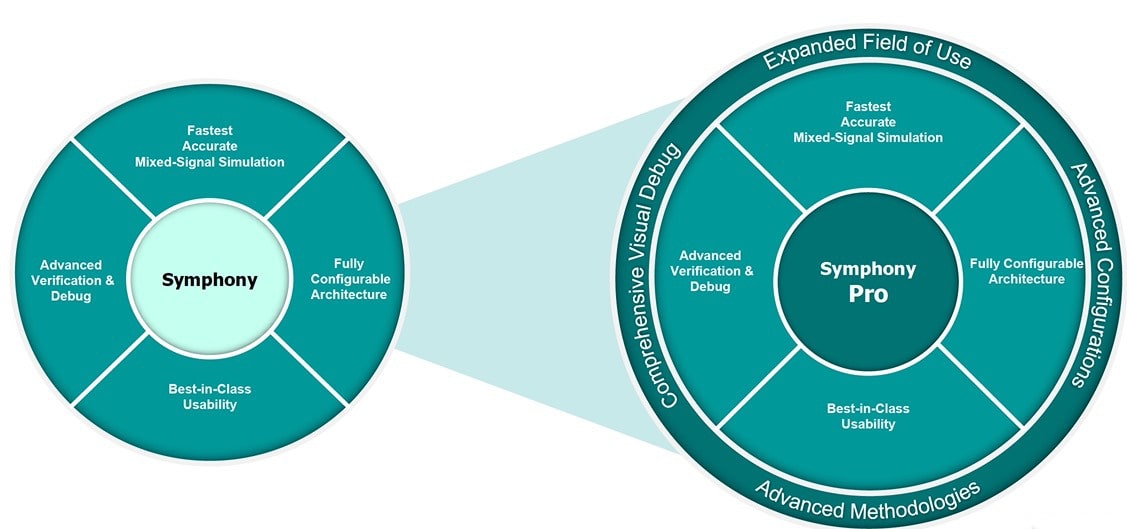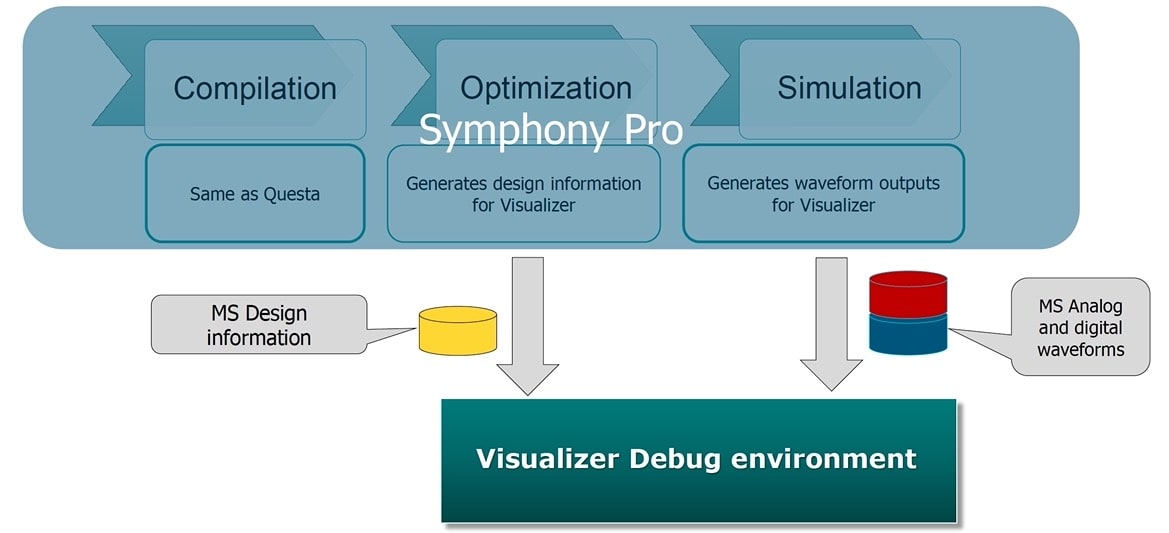It’s the second day of DAC, and the announcements are coming in at a fast pace, so stay tuned to SemiWiki for all of the latest details. As a long-time SPICE user and industry follower, I’ve witnessed the progression as EDA vendors have connected their SPICE simulators to digital simulators, opening up a bigger world of Analog Mixed-Signal (AMS) verification. Engineers designing chips for automotive, imaging, IoT, 5G, HPC and storage devices all need AMS verification tools. Siemens EDA has a rich history in both the SPICE and digital simulator worlds, so it’s no surprise that their AMS tool would also be offered and updated, especially as design challenges and standards emerge. I was able to view a presentation from Sumit Vishwakarma of Siemens EDA to get an update at DAC of their new mixed-signal verification features.
Accellera has created a UVM-AMS working group, and Tom Fitzpatrick from Siemens EDA is the Chair of the group, so know that they are on top of emerging standards. As the working group prepares and proposes standards, then EDA vendors will start to implement the standards, so that the design community has some common ground and ensure interoperability between EDA vendors.
Symphony
Siemens EDA has been offering the co-simulation of two simulators for awhile now, dubbed Symphony, and it’s well-suited for AMS applications:
- Analog FastSPICE
- Questa – Verilog, SystemVerilog, VHDL, Verilog-A

Symphony Pro
What’s new for DAC this year is the Symphony Pro has some major new features:
- Expanded support for the Universal Verification Methodology (UVM-AMS)
- Expanded support for the Unified Power Format (UPF)
- Visualizer MS environment – better debug for AMS designs
Here’s a visual on the improvements just launched in Symphony Pro:
The new thing with Symphony Pro is that the mixed-signal (MS) info is now saved in a new database, plus both the analog and digital waveforms can be viewed together in Visualizer MS. Here’s a diagram showing the new MS design database (yellow), and the MS analog and digital waveforms (red and blue):
The fun part is using the new Visualizer MS, because it pulls together all of the new features of Symphony Pro in an integrated environment:
In one place you now have both the SPICE world and digital world combined, for faster, more efficient analysis, debug and verification. This is the expanded Field of Use. Logic cones allow an engineer to quickly debug to find the source of any waveform, either digital or analog. With the Visualizer MS users can now enjoy:
- Mixed-signal hierarchy browser
- Source code viewer, Schematic viewer, support UPF
- Unified mixed-signal waveform viewer
- Results annotation
- Trace connectivity
- Integration with existing verification and debug infrastructure
Customer Feedback
STMicroelectronics has said that, “We look forward to using Symphony Pro as our sign-off solution for present and future mixed-signal verification projects.
Jayanth Shreedhara, senior CAD manager at Silicon Labs said that Symphony Pro is, “enhancing our verification productivity from days to hours and dramatically improving our coverage closure.”
Summary
The Symphony technology works well with Siemen’s own Questa digital simulator, plus all of the other major EDA vendor simulators, so it’s kind of like Switzerland, playing the neutrality card, but for simulation. The Symphony product lives on, while the Symphony Pro tool is just an expanded version of the tool that works for AMS designs. Right now, Symphony Pro only works with Siemens EDA simulators, so not yet at the simulator agnostic stage.
If you’re at DAC this week, plan to stop by the Siemens EDA booth and ask for Sumit Vishwakarma , or just contact your local team to get deeper insight.
Related Blogs
- Mentor’s Symphony in Tune with AMS Designer Needs
- AMS IC Designers need Full Tool Flows
- White Paper – Mixed Signal Verification for Nanometer SOCs
- High Speed SerDes Design and Simulation Webinar Replay from Mentor
- Mentor Helps Mythic Implement Analog Approach to AI
- User2User Silicon Valley 2019
- Designing a fully digitally controlled DC-DC buck converter









Comments
There are no comments yet.
You must register or log in to view/post comments.